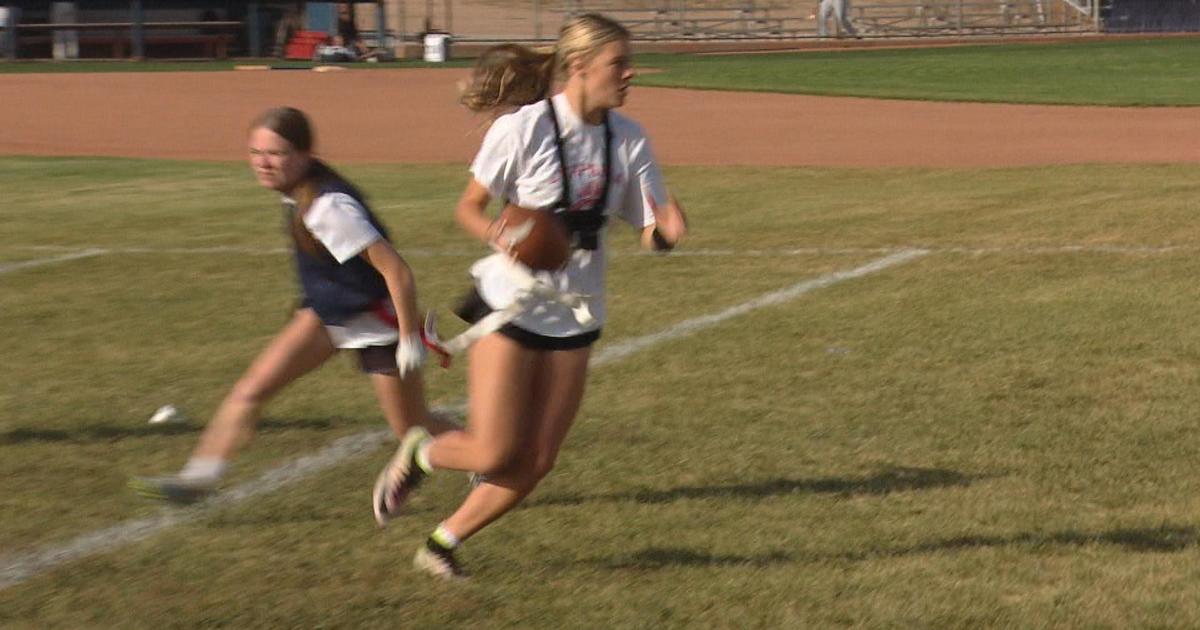20-Year Study Reveals How Gwynns Falls' Water Quality Is Affected
BALTIMORE (WJZ) -- The heavy rains during the past 24 hours are now pouring into waterways, like the Gwynns Falls, which runs through Baltimore and Baltimore County.
"In the Baltimore region, we have a little over 45 percent impervious surface, that's things like roads and parking lots," says Blue Water Baltimore scientist Alice Volpitta. "Things that keep the rain from slowly draining into the soil."
For 20 years, Blue Water Baltimore and other scientists have been studying the Gwynns Falls.
"Seeing how water quality has changed over time lets us know what's likely to happen in the future," Volpitta added.
The major change is wetter weather, as the climate has changed over the past two decades.
That has increased the number of sewage spills, as heavy run-off overwhelms century-old infrastructure, sending raw sewage into the Inner Harbor and Chesapeake Bay.
But positive signs have also developed over time. Volpitta says storm water projects appear to be working in the Gwynns Falls.
Rain gardens and reclaimed open space are absorbing harmful nutrients, like nitrogen, before they can get to the Gwynns Falls, but Blue Water Baltimore believes more must be done, especially to sewer and storm water systems.
And the sooner the better, because the wetter it gets, the more expensive it will get.
Follow @WJZ on Twitter and like WJZ-TV | CBS Baltimore on Facebook



